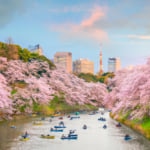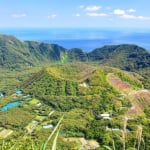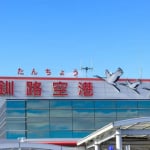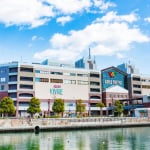Name: Rabat, Modern Capital and Historic City: A Shared Heritage
Official Website: http://whc.unesco.org/ja/list/1401
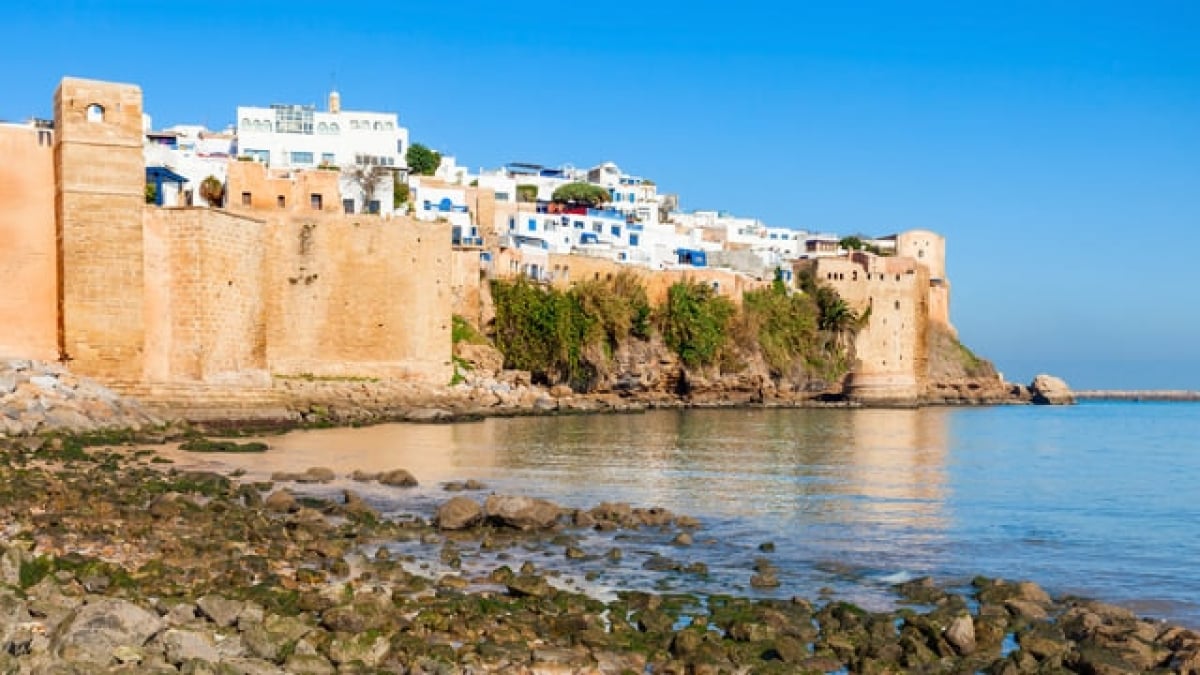
World Heritage City of Morocco: Rabat – Modern Capital and Historic City, a Shared Heritage
Morocco’s largest city is Casablanca, but its capital lies to the northeast, in Rabat. In terms of population, it ranks third in the country. As Morocco is a kingdom, Rabat is home to the royal palace, and while Casablanca is the commercial and financial hub, Rabat houses important political institutions.
Rabat is registered as a UNESCO World Heritage Site under the name “Rabat: Modern Capital and Historic City, a Shared Heritage.” Normally, for historic cities, only the old town is inscribed, but Rabat’s designation includes both the old and the new city. Facing the Atlantic Ocean, Rabat is a fascinating place where European and Arab influences intermingle.
table of contents
[x] close
World Heritage City of Morocco: Rabat – Modern Capital and Historic City, a Shared Heritage
Rabat: Modern Capital and Historic City, a Shared Heritage
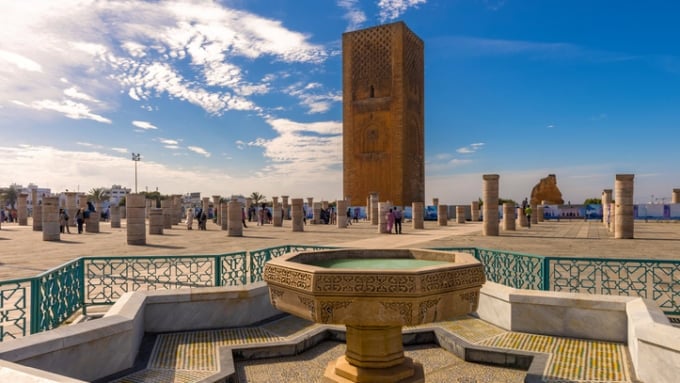
The area where Rabat now stands once hosted a Roman colony, but it was later abandoned. The city’s true history began in the 12th century, when Abd al-Mu’min, founder of the Berber Islamic Almohad dynasty, built a large ribat (fortress) in 1146 as a base for fighting Christian forces from Spain and beyond. In 1170, it was named “Ribat al-Fath” (Ribat of Victory), from which the name Rabat is derived.
After the decline of the Almohad dynasty in the 13th century, Rabat diminished to the size of a small village. In the 17th century, it was reused as a base for corsairs. When Morocco became a French protectorate in 1912, the capital was moved from Fez to Rabat. French urban planner Henri Prost redeveloped the city into the new capital, laying the foundations of modern Rabat. After Morocco’s independence in 1956, Rabat remained the capital, continuing as a city where old and new coexist.
Access to Rabat, the Capital Where Modern and Historic Cities Coexist
Rabat–Salé Airport serves the capital’s outskirts. Travelers must connect via cities such as Paris, Amsterdam, or Madrid. From the airport to the World Heritage-listed city center takes about 20–30 minutes by taxi. The city also has a modern tram network, making exploration of the heritage sites convenient.
Morocco’s main hub airport is Mohammed V International Airport in Casablanca. It offers far more flight options than Rabat–Salé. Casablanca to Rabat takes about one hour by train, making day trips from Casablanca possible.
Rabat Highlights
1. Mausoleum of Mohammed V
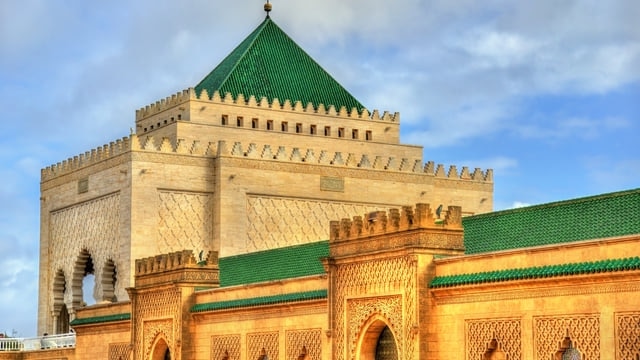
Mohammed V was the first King of Morocco after winning independence from France. He died in 1961, and his mausoleum was completed in 1973. Though relatively modern, it incorporates traditional Moroccan architecture and intricate carvings, making it one of the city’s most beautiful and popular attractions. Colorful light filters through the stained-glass ceiling, while the walls are adorned with exquisite geometric patterns and lavish gold accents.
Unusually for a religious site in an Islamic nation, photography inside is allowed. The dignified mounted guards at the gate are also a popular photo subject. However, as this is the resting place of a national hero, modest dress is advised.
2. Kasbah of the Udayas
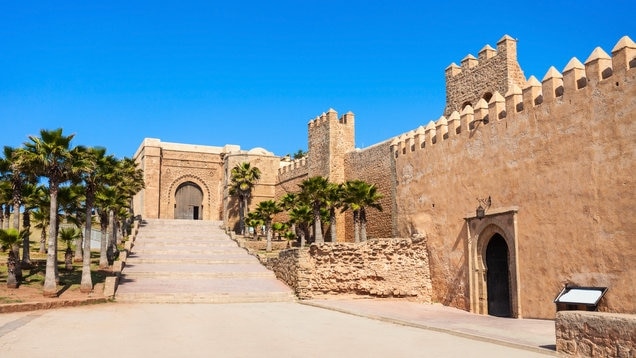
A “kasbah” is a fortress. Using the walls built in the 12th century by the Almohads, the Alaouite ruler Moulay al-Rashid constructed this kasbah in the 17th century. Its name comes from the Udaya tribe, whose soldiers were stationed here in the 18th century. Given that “Rabat” itself also connotes fortifications and garrisons, this kasbah forms the core of the old city’s heritage.
Surrounded by sturdy brown walls and gates, the kasbah can be explored inside. Nearby are elegant attractions such as the Udayas Museum, housed in a former Alaouite palace, and the Andalusian Gardens, said to be inspired by Spain’s Alhambra.
The seaside fortress combines imposing strength with a serene atmosphere inside. Its viewpoints offer vistas of the Atlantic Ocean, and a nearby beach makes it a perfect focal point for an old-town walking tour.
3. Royal Palace
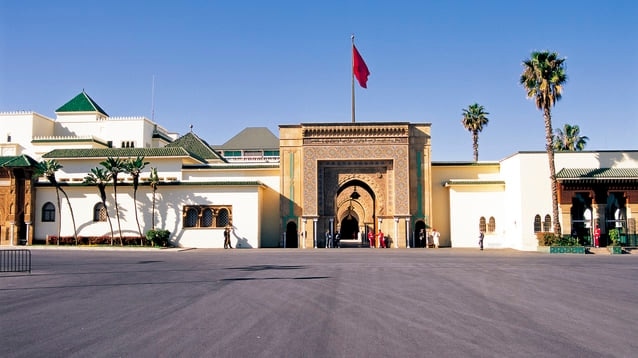
In Rabat’s new city lies the Royal Palace, home to Morocco’s royal family. Built in 1864, before Rabat became the capital, the palace is distinguished by its white and green roofs. While entry inside is restricted, visitors can view the grand gates and the spacious square and gardens in front.
On Fridays, a parade can sometimes be seen as the King travels from the palace to the Al-Fa Mosque for prayers. This weekly tradition is a bridge between the old and new Rabat, and worth witnessing if your visit coincides.
◎ Summary
Rabat, Morocco’s World Heritage-listed capital, has a population of about 650,000, offering a calmer atmosphere compared to Casablanca. It’s a great place to experience the country’s more relaxed side.
Just across the Bou Regreg River lies Salé, another fortified old city worth visiting alongside Rabat. To the south of Rabat’s new city are the Roman colonial ruins of Chellah, another fascinating site for history lovers.
RELATED ARTICLES
REGIONS
CATEGORIES
FEATURED ON Morocco
-
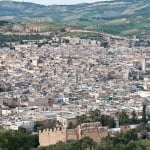
The Entire Old Town is a World Heritage Site! 5 Recommended Tourist Spots in the Ancient City of Fez, Morocco!
-
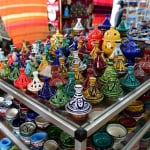
4 Recommended Souvenirs in Metropolis Casablanca! A Collection of Morocco’s Famous Products
-
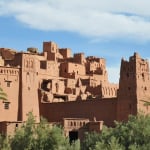
Morocco’s World Heritage: Introducing All 9 Enchanting Sites!
-
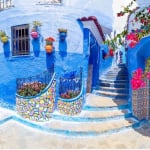
Top 6 Must-Visit Attractions in Morocco – Best Places to Explore!
-
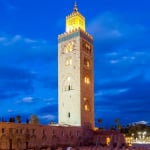
7 Must-Visit Tourist Spots in Marrakech, Morocco! Experience the Exotic “City of God”
MOST POPULAR ON Morocco
-
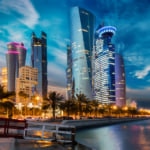 1
1Doha: Must-see Attractions in the Capital of Qatar
-
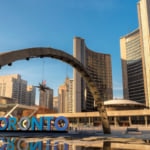 2
2Toronto: 10 Things to do in this Picturesque Canadian City
-
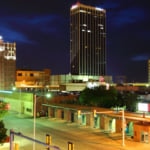 3
3Amarillo: A City Famous for It’s Amazing Canyons, Great History and Music
-
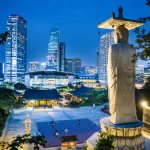 4
4South Korea: Dazzling Scenery, Rich Culture and Fascinating History
-
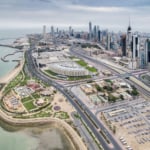 5
5Kuwait: A Country in Middle East Asia Famous for Hot Sand Dunes and Stunning Cityscape

